Darrel Higham's 10 most influential rockabilly records
The guitarist picks some favourites
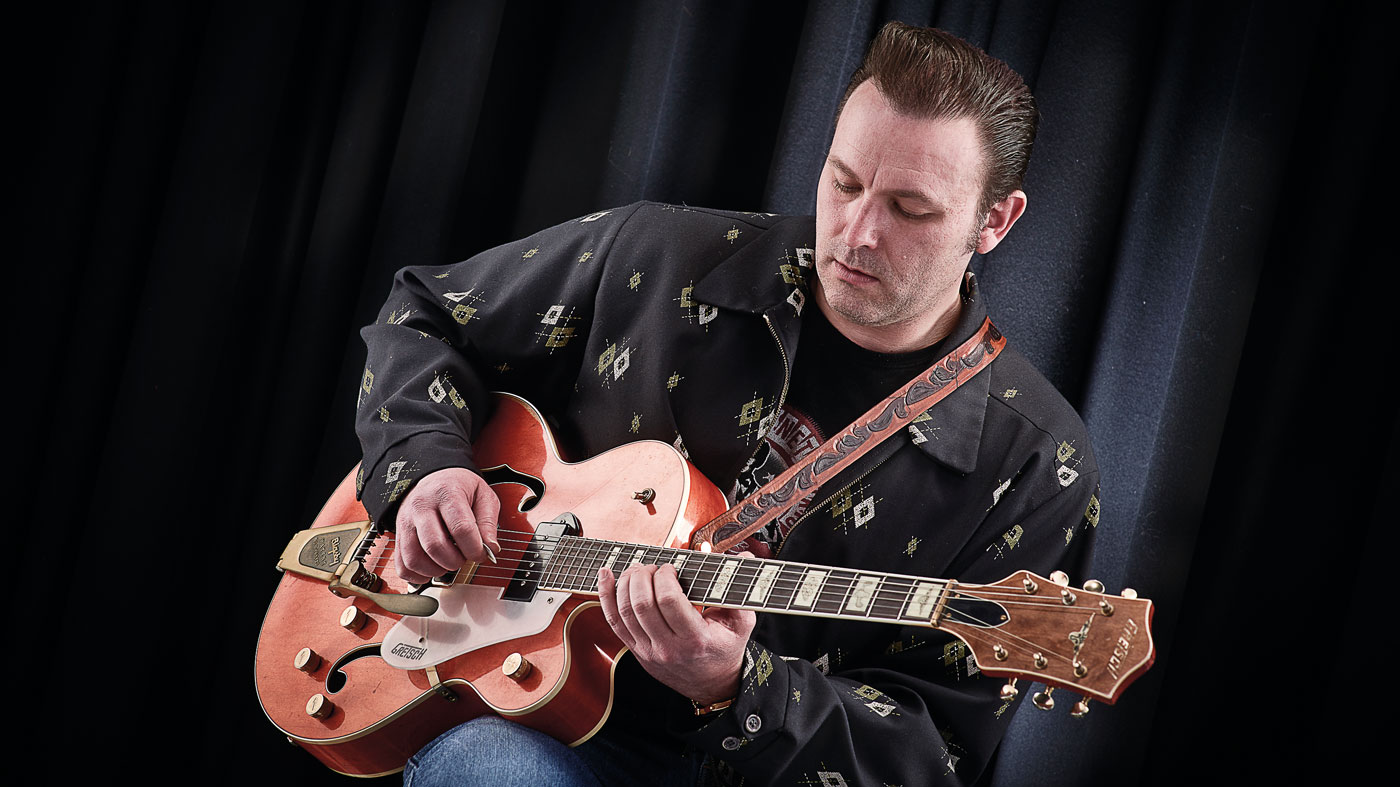
Introduction
We invited rockabilly guitarist Darrel Higham to choose his personal top 10 most influential records…
It’s been a turbulent year for Darrel Higham. After the split with his wife, Imelda May, he decided to leave her band and focus on his solo career.
“I’ve decided to go back to what I was doing before,” he tells us, “which was singing and writing my own songs and performing with a three-piece band, which I did for many years prior to Imelda’s career.”
I’ve decided to go back to what I was doing before, which was singing and writing my own songs and performing with a three-piece band
The return to his roots involves a new recording project with a new band. The album is going to be called Hell’s Hotel and is liberally scattered with guest artists.
“Jools Holland is playing on three songs and Robert Plant is singing a song on the album,” he enthuses. “Imelda’s very kindly done some backing vocals for me, and Snowboy, a legendary jazz-funk percussionist, is playing on four or five songs as well.”
The new band comprises David Konig on double bass and bass guitar and Russ Chadd on drums, and the three-piece is expected to hit the road for some UK dates this autumn.
“I’m still doing gigs with my old rockabilly band, The Enforcers,” he says. “So I’ve gone back to doing that in the interim period, because there was a lot of interest in us coming back and playing on the club scene.”
So, 2016 sounds like it’s going to be a pretty full year for the rockabilly guitarist, but meanwhile, we wondered if there had been any changes with Darrel on the gear front? “I’ve been using the same Peavey Delta Blues amp for the last 15 years,” he says.
“It’s been such a great workhorse, you know. I initially bought it for studio work because I thought, being a small amp, it would do the job. But it’s the best live amp I’ve ever used, really. It’s got an incredibly fat sound for its size - it’s got a big 15-inch speaker in there.”
Is there any reason why he chose the 15-inch version of the Delta Blues as opposed to the 2x10 version?
“Because my guitars always have DeArmond and P-90 pickups, I find that the 15-inch speaker kind of brings the life out of them a bit more - especially the DeArmond, which can be quite a toppy pickup.”
That’s the amp side of the gear equation sorted out and, turning the conversation to guitars, we can’t help noticing the rather splendid Gretsch 6120 that Darrel has brought with him to the studios. “It’s a Custom Shop 6120,” he smiles. “I’d always wanted one of them. To me, it’s the perfect balance of old and new, because they were built exactly how they were built back in the day - but they’re brand new. So you don’t have an awful lot of the issues that you have with a guitar that’s 60 years old. It’s just the most beautiful guitar in the world, I love using it.”
Onto effects and we suspect a little slapback echo might be in order… “I’ve got one of those Danelectro Reel Echoes that I really like,” he agrees, “but I mainly stick with a Zoom G2. It kind of does everything I need it to do. It’s got patches in it, but I only use two or three at any time during the course of a gig, so it’s a very easy pedal to use.”
It’s time to turn our attention to the main focus of our interview. There’s a stack of vinyl under Darrel’s arm and he’s positively busting to share his top 10 with us…
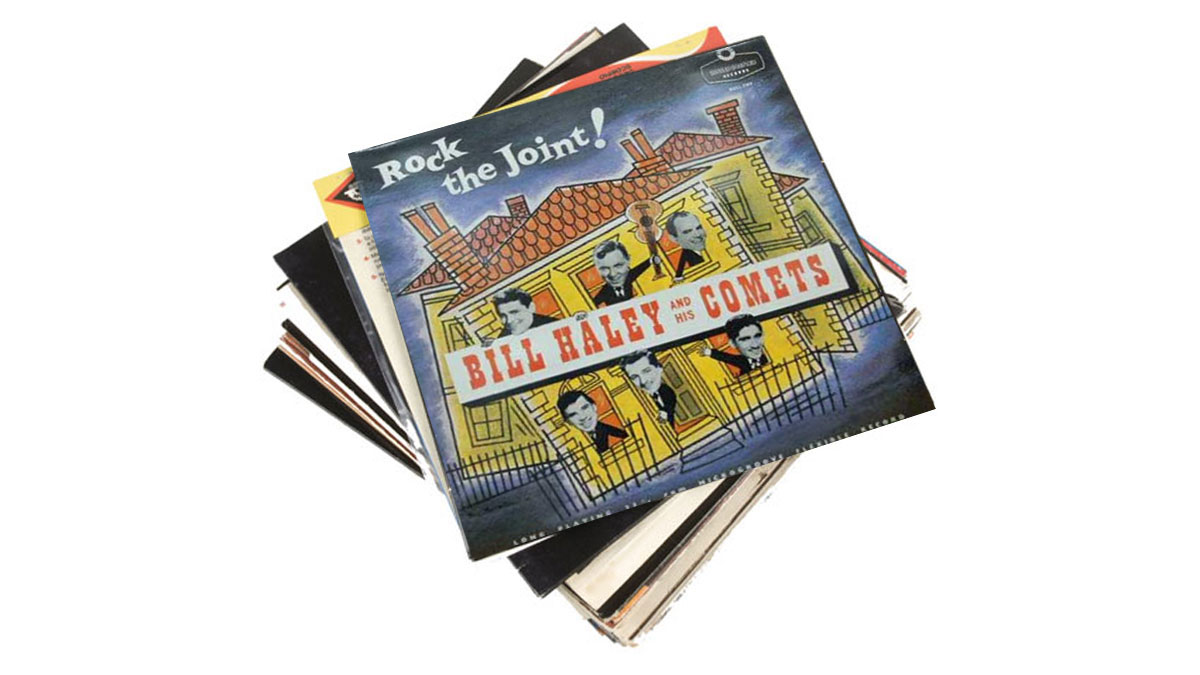
1. Bill Haley - Rock The Joint (1952)
“Bill Haley doesn’t get the credit he deserves, but back in the day, his music was incredibly exciting.
Haley used Danny Cedrone on guitar and this solo was so groundbreaking that it was considered a ‘lucky’ solo
“He was signed to Essex Records in the early 50s and he had some regional hits with tracks like Crazy Man, Crazy and Rock The Joint - you can tell just by the titles that they were rock ’n’ roll records - and we’re talking ’51/’52.
“I’ve chosen Rock The Joint because the guitar solo is exactly the same as the one used in Rock Around The Clock a couple of years later. Haley used Danny Cedrone on guitar and this solo was so groundbreaking that it was considered a ‘lucky’ solo.
“I think Bill Haley was a very superstitious man and this song did such a great deal to advance his career that when he came to record Rock Around The Clock, I think they thought, ‘Well, let’s throw in that lucky solo again…’ So Danny Cedrone played it exactly the same as he did on Rock The Joint. It’s an iconic solo, absolutely iconic.”
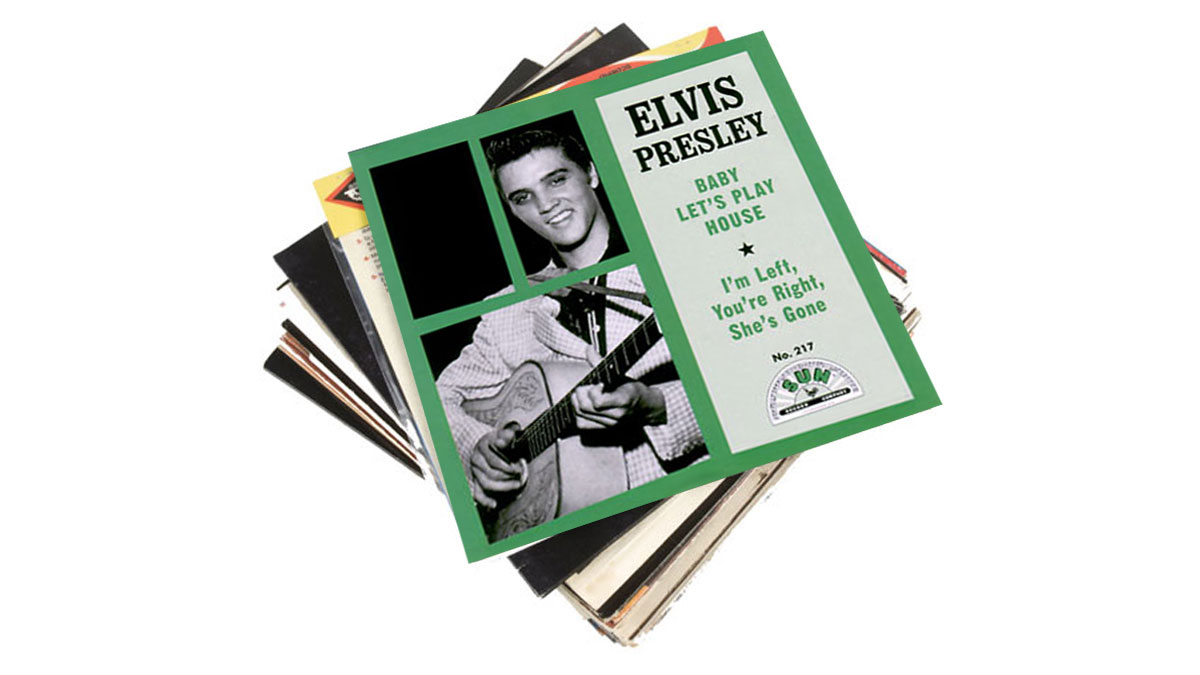
2. Elvis Presley - Baby Let's Play House (1955)
“I’ve chosen one from Elvis’s Sun recording days. Scotty Moore was such an incredibly influential guitar player and Baby Let’s Play House was the second or third single on Sun.
It’s a marvellous record and the guitar solos are the blueprint of rockabilly
“It would be very easy to choose That’s Alright, Mama because that really is the first rockabilly record, there’s no two ways about it. There wasn’t anything before that which even came close, and Elvis takes a blues song and plays it in a totally different way with just the upright bass of Bill Black and Scotty Moore playing a kind of hybrid-picking style. Kind of a mixture between Chet Atkins and Les Paul.
“Baby Let’s Play House is another blues song, originally recorded by Arthur Gunter, and they do exactly the same thing with it. They strip it down to bare bones and play it with nothing but feel and passion.
“It’s a marvellous record and the guitar solos are the blueprint of rockabilly - because he’s just hitting the guitar, playing with real feel, especially the second solo.”
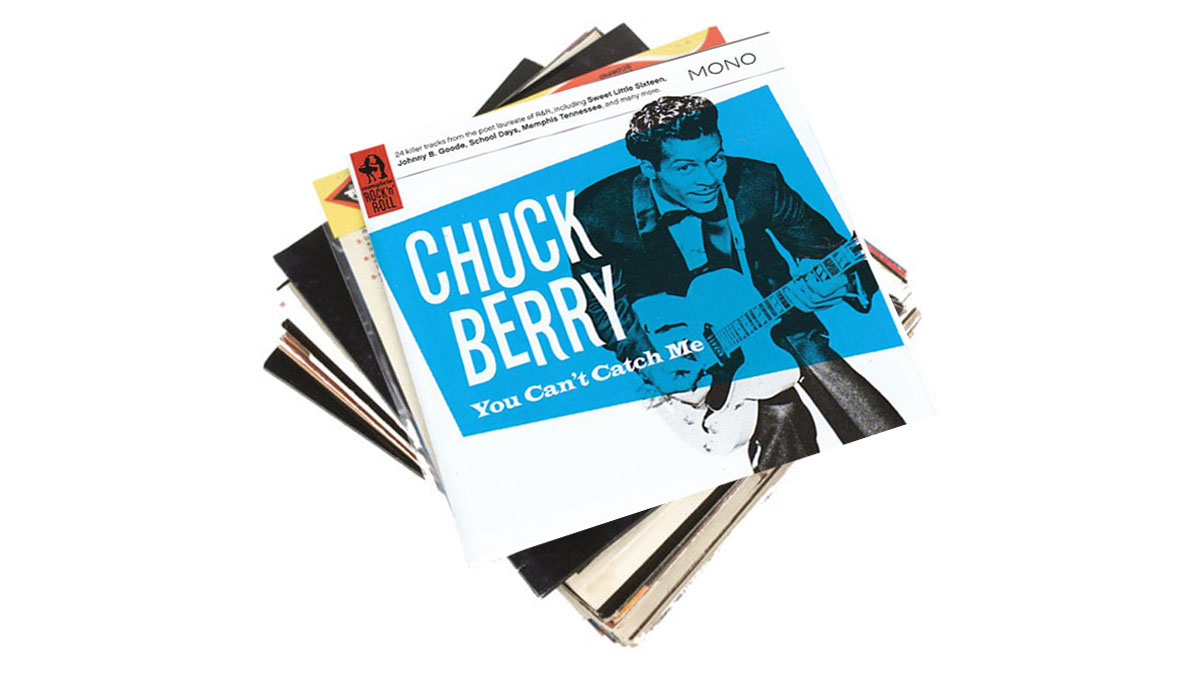
3. Chuck Berry - You Can't Catch Me (1956)
“I’ve got to have a Chuck Berry track in there because so many guitar players cite him as an influence, and so I would go for You Can’t Catch Me, because I think it’s a great song and you can hear there’s quite a bit of rockabilly influence in there.
Chuck Berry was a big fan of country music - Maybellene is a rewrite of an old country song called Ida Red
“Chuck Berry was a big fan of country music - Maybellene is a rewrite of an old country song called Ida Red - and I think he felt that if he mixed country with blues, he would attract both audiences.
“And that’s exactly really what rock ’n’ roll is: it’s a mixture of country and blues. It’s not just blues on its own, it’s not just country on its own, it has to be the two of them or else it doesn’t work.
“Blues had its own upbeat music with rhythm and blues, and country had Western swing and hillbilly boogie. So the two musics were kind of going off on a tangent, but very similar to one another.”
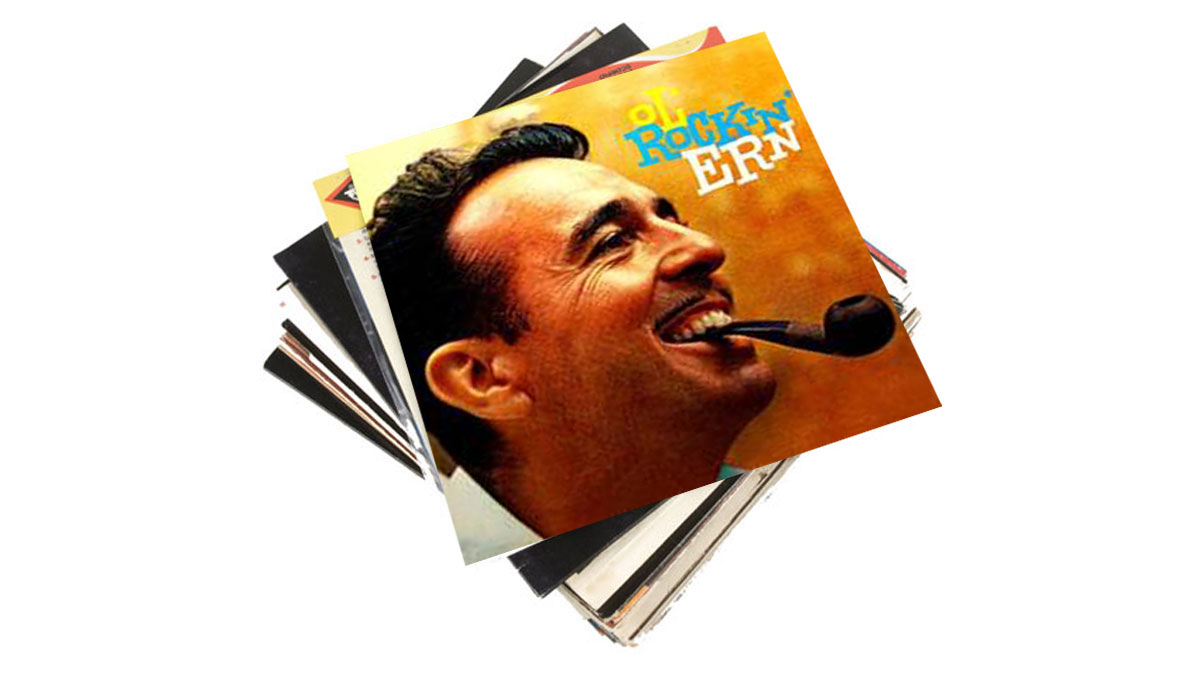
4. Tennessee Ernie Ford - Blackberry Boogie (1952)
“I’m a huge fan of Tennessee Ernie Ford. I think that on a lot of his early countryboogie records he was making in the late-40s and early 50s, he was a big influence on rock ’n’ roll and its origins.
He used great musicians - Speedy West on steel and Jimmy Bryant on guitar, and Jimmy Bryant was just unbelievable
“He used great musicians - Speedy West on steel and Jimmy Bryant on guitar, and Jimmy Bryant was just unbelievable, a real genius on the guitar. Back in the 50s, he was one of the top session guys and his solos were just absolutely mind-blowing; the instrumental LPs that he made with Speedy West are the stuff of legend.
“So I think it would be nice to choose a Tennessee Ernie Ford track, but it’s difficult to choose which one because the solos in them all are just fabulous, but I’ll go for Blackberry Boogie because it’s a great song and, again, you can hear the origins of rock ’n’ roll there.”
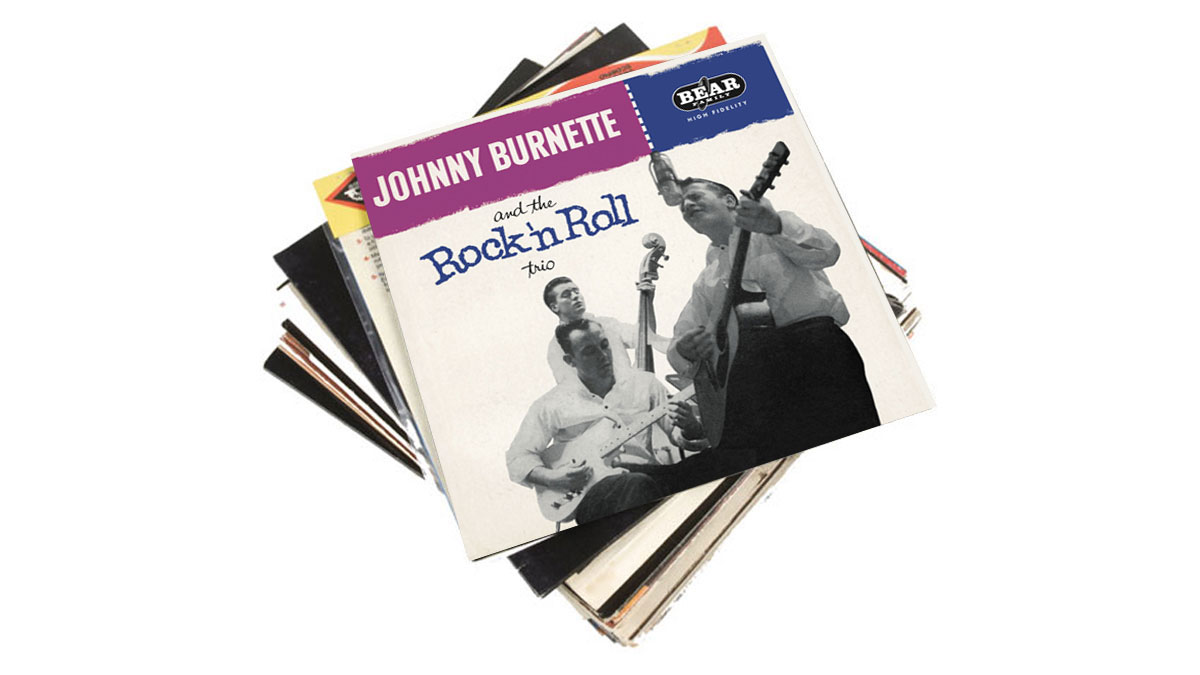
5. Johnny Burnette & The Rock 'N Roll Trio - Sweet Love On My Mind (1956)
“Sweet Love On My Mind is actually sung by Dorsey Burnette, who was Johnny’s brother. There’s been controversy for years as to whether it’s Paul Burlison or Grady Martin on guitar for the Nashville recordings, but my personal feeling is that it’s Grady Martin.
Grady Martin is right up there with Cliff Gallup and Eddie Cochran
“You only have to listen to Grady’s instrumental track When My Dreamboat Comes Home - it’s exactly like listening to Sweet Love On My Mind. It’s exactly the same player, there’s no two ways about it.
“So I think it’s very important that Grady Martin gets the recognition he deserves for playing guitar on some of the greatest rockabilly recordings that were ever made. And the same with Paul Burlison for his contributions; the two players are equal in my mind, but Grady Martin is right up there with Cliff Gallup and Eddie Cochran - all the greats that we recognise for their playing in this genre of music.”
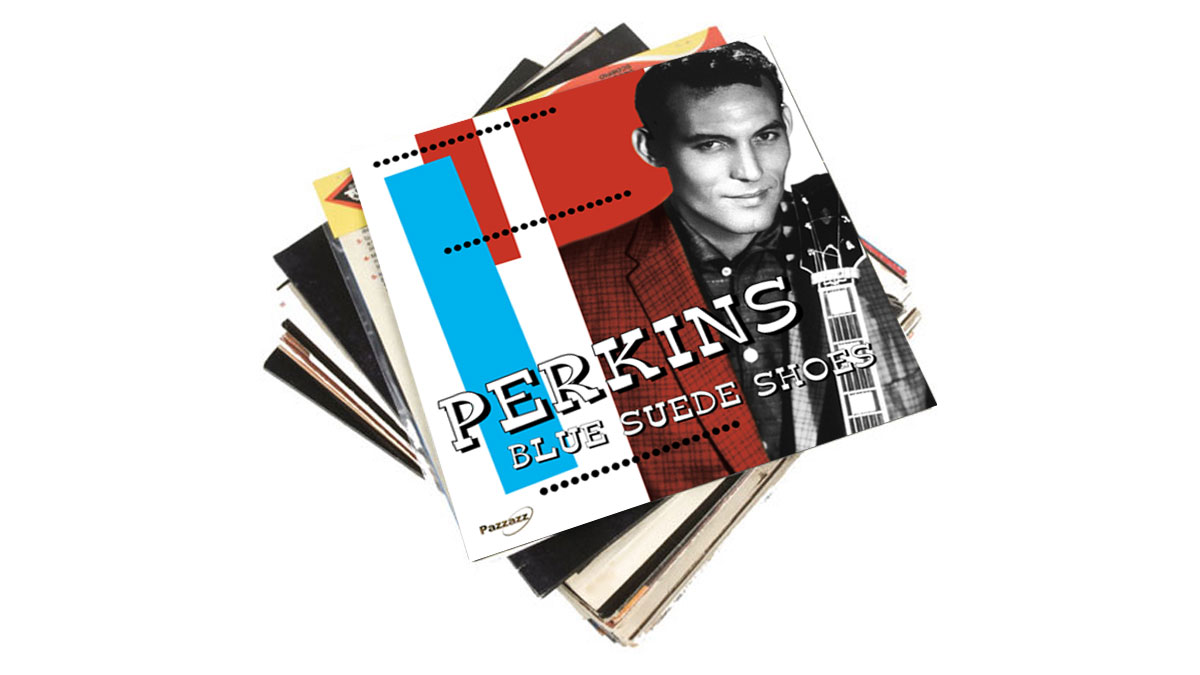
6. Carl Perkins - Blue Suede Shoes (1956)
“I want to choose Blue Suede Shoes because it was one of the only bona-fide rockabilly records that ever got in the Top 10 in America.
A very, very clever player and another who was obviously influenced by Chet Atkins
“The reason why I think this is so important is because Carl Perkins was another one of those artists who was hugely influential. He had a lot of credibility, because he wrote his own songs and he played lead guitar on them. He was a big influence on Eddie Cochran and a lot of the artists that came out in the mid-50s onwards.
“Blue Suede Shoes was a huge hit and the reason why I’ve chosen it is because of the playing on there. Carl Perkins was a really good player, but, of course, he was singing and playing lead guitar at the same time and when you listen to the outtakes, he didn’t really deviate too much on his solos.
“He always stayed in the ballpark of where it was going to end up. A very, very clever player and another who was obviously influenced by Chet Atkins, Merle Travis and Les Paul.”
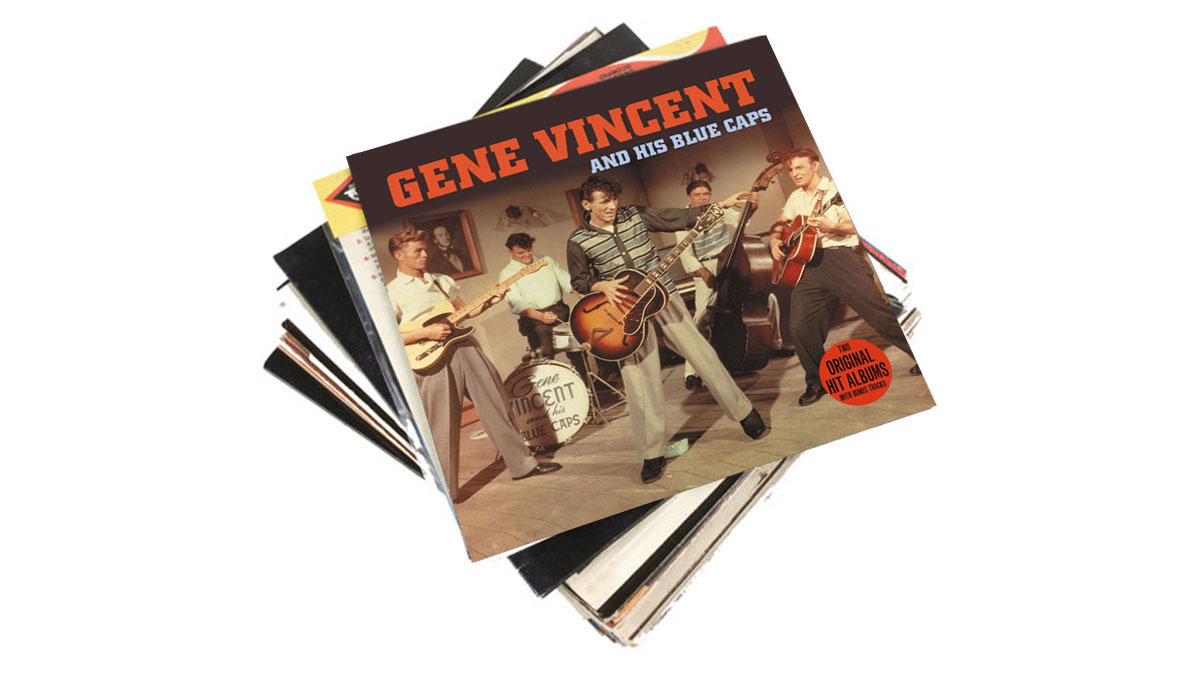
7. Gene Vincent & The Blue Caps - B-I-Bickey-Bi-Bo-Bo-Go (1957)
“The guitar player on the first 35 Gene Vincent recordings was Cliff Gallup, and he’s influenced so many different players.
Cliff Gallup was a very fluid player, a very meticulous player and I get the impression his solos were worked out beforehand
“The obvious one is Jeff Beck; there are moments where Jeff goes into Cliff Gallup territory, which I think is marvellous to hear. Cliff Gallup was a very fluid player, a very meticulous player and I get the impression his solos were worked out beforehand, although there’s no outtakes of any of those recordings back then.
“B-I-Bickey-Bi… is the song where Cliff does two or three solos and they’re all absolutely electric. I think it’s one of the most exciting records I’ve ever heard.
“I first heard Gene Vincent just as punk was starting to become a bit of a chart force and I thought, ‘This doesn’t scare me - Gene Vincent scares me!’ I’ve always had the feeling that rockabilly played with passion should frighten little children [laughs].”
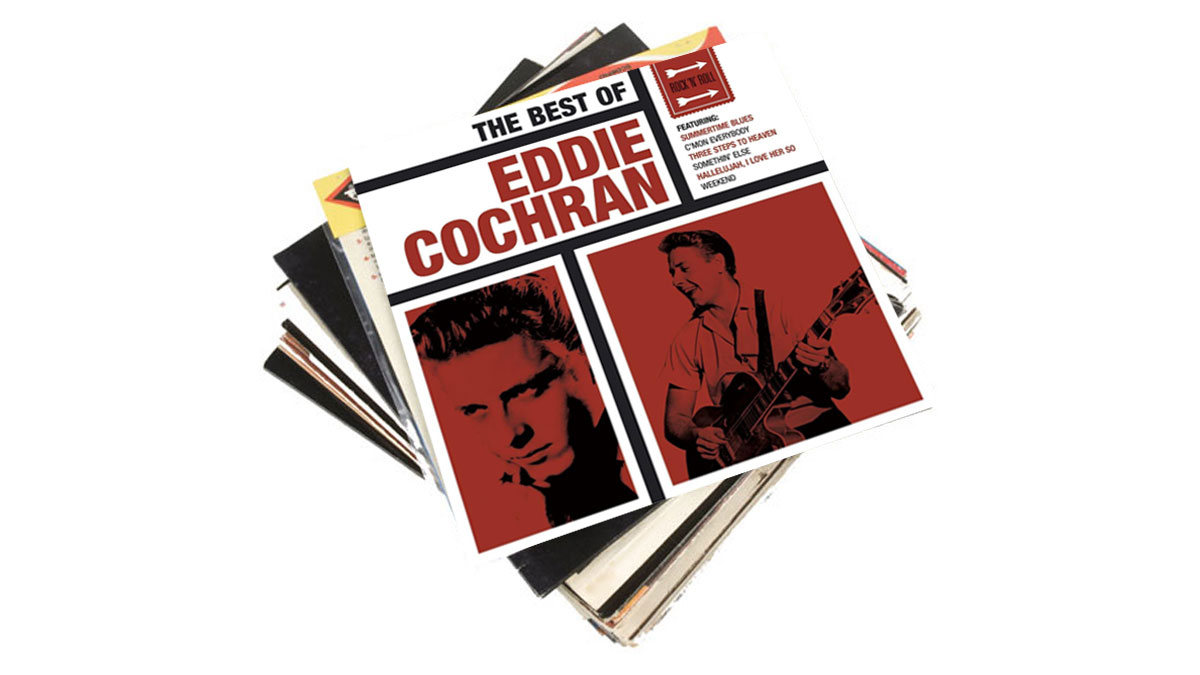
8. Eddie Cochran - Am I Blue? (1957)
“Whenever there’s a list of the 100 most influential rock ’n’ roll guitar players, Eddie Cochran is usually in there, you know?
He was very capable of playing blinding guitar solos as and when he wanted to
“They choose him because of his rhythm playing on songs like Summertime Blues and C’mon, Everybody where he’s just really strumming an acoustic guitar. But he was an exceptional guitar player and that often gets overlooked.
“He understood that the tune and the melody were more important than blinding guitar solos, but he was still very capable of playing blinding guitar solos as and when he wanted to!
“He was also a top session player in Los Angeles throughout the 50s, he played on countless sessions. There’s any number of rockabilly records I could choose that are probably better technically from a guitar player’s point of view, but I wanna choose Am I Blue? because it’s an old jazz standard but he rocks it up and he does two solos in there that are just fabulous.”
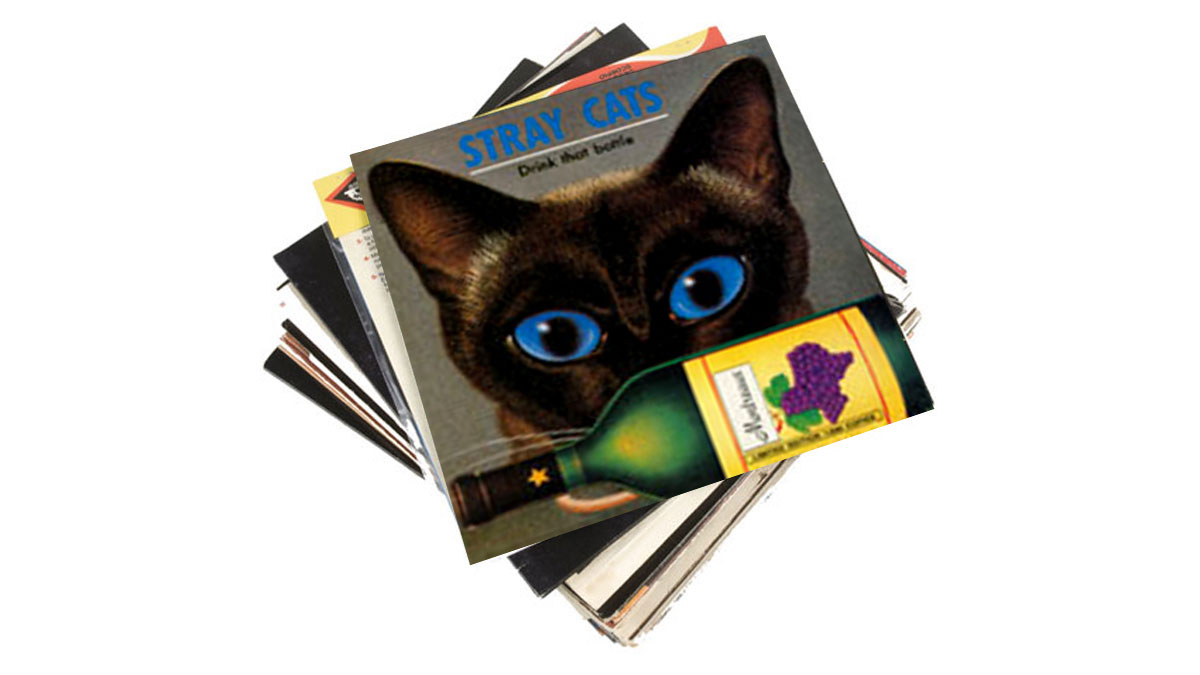
9. The Stray Cats - Drink That Bottle Down (1981)
“I want to choose a couple of modern ones… Brian Setzer was a revelation because of his irreverence.
Whenever you hear a Brian Setzer record, you know it’s him playing the guitar. It’s such a recognisable style
“He would just play whatever he wanted. He would cover an old rock ’n’ roll song, or a rockabilly song, but he would just play whatever he wanted and this was at a time when guitar players on the rock ’n’ roll scene were judged by how authentic they were.
“I never saw the point to that, really. I always thought that the spark in rock ’n’ roll is its imagination - just winging it and playing whatever you felt was right and, finally, there was a guitar player who did that.
“Whenever you hear a Brian Setzer record, you know it’s him playing the guitar. It’s such a recognisable style. Even today, there’s an internet radio station I listen to quite a lot called Rockabilly Radio and there’s more guitar players out there today that wanna sound like Brian Setzer than they do Cliff Gallup or Eddie Cochran. It’s just a fact. He’s that influential.”

10. Restless - Edge On You (1983)
“The last one is another band that are still playing today, called Restless. Again, a very similar setup to The Stray Cats: the singer plays lead guitar and sings, with a double bass player and a drummer.
They were a band that never had the success that they deserved but wrote really, really edgy songs
“But this guitar player’s called Mark Harman, he plays left-handed and he’s a Telecaster player. Completely different animal to Brian Setzer, but still a very, very influential guy, and they were a band that never had the success that they deserved but wrote really, really edgy songs.
“Very contemporary songs for the day, with a very exciting rockabilly feel to them. Edge On You came out as a single on Nervous Records in the early 80s, but Mark was a player who really does deserve a tremendous amount more credit and recognition than he’s had.”

